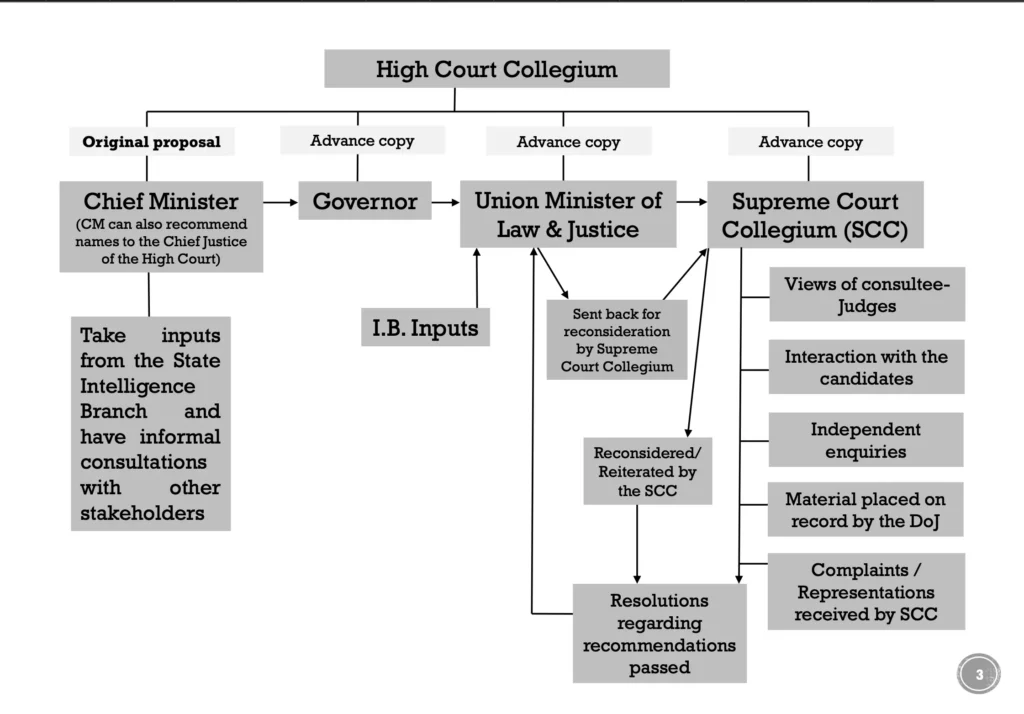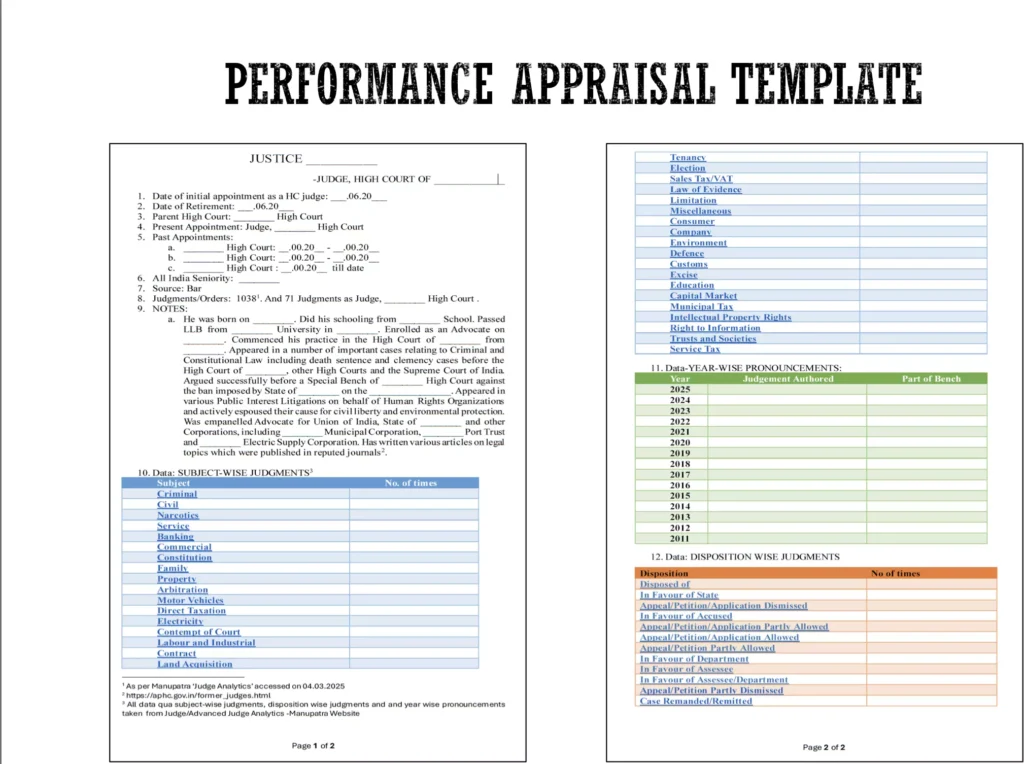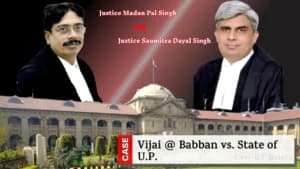On May 5, 2025, the Supreme Court of India took a significant step toward transparency by publishing comprehensive details regarding the appointment of judges to the High Courts and the Supreme Court. These details, including Collegium recommendations from November 9, 2022, to May 5, 2025, are now available on the official Supreme Court website.
Read Also:-Supreme Court Discloses Judge Appointment Process, Publishes Collegium Recommendations Since
This move aims to promote public awareness and understanding of how judicial appointments are made. The information includes names of candidates, their respective High Courts, sources (Bar or Service), dates of recommendations and appointments, special categories (like SC/ST/OBC/Minority/Woman), and whether any candidate is related to a sitting or retired Supreme Court or High Court judge.
“Merit and integrity are the primary criteria for appointment, with due representation given to social diversity and marginalized groups.” – Supreme Court of India
- Two-thirds of posts are reserved for members of the Bar and one-third for judicial officers.
- Advocates must be aged between 45 and 55 years, with some flexibility for outstanding candidates.
- Advocates should be income tax assessees for the past ten years (if not exempt).
- A minimum average professional income of ₹7 lakhs per annum for the last five years is required.
- Candidates must have a strong record of reported judgments, courtroom performance, and pro-bono work.
- Judicial officers must be under 58½ years at the time of vacancy and are assessed based on seniority and performance.
- Representation for women and marginalized sections is emphasized.
Read Also:-Supreme Court Makes History: Judges’ Assets and Liabilities Published Online for the First Time
Evaluation Criteria for Judicial Officers:
- Command over language
- Fact and issue analysis
- Reasoning and evidence appreciation
- Knowledge of substantive and procedural law
- Application of law using precedents

For elevation to the Supreme Court, the following are considered:
- Merit, integrity, and inter-se seniority among High Court judges
- Disposition rate of judges (number and quality of judgments)
- Representation from different High Courts
- Possible elevation from distinguished jurists or eminent members of the Bar
Read Also:-Supreme Court Modifies Bombay HC Order on Badlapur 'Fake' Encounter, Directs DGP to Form SIT
“Disposition rate should be viewed along with the complexity of cases, judgment quality, and workload.” – Supreme Court Statement
Out of 303 total candidates considered, the Supreme Court Collegium approved 170 appointments to various High Courts. These included:
- 7 from Scheduled Castes
- 5 from Scheduled Tribes
- 21 from OBC
- 28 women
- 23 minorities
- 12 candidates related to judges
- 7 from the most backward classes

From November 2024 to May 5, 2025, during the tenure of Chief Justice Sanjiv Khanna, 51 appointments were approved from a pool of 103 candidates. Of these:
- 11 were from OBC
- 1 from Scheduled Caste
- 2 from Scheduled Tribes
- 8 were minorities
- 6 were women
- 2 were relatives of sitting or retired judges
However, 17 recommendations from November 2022 to November 2024 and 12 from November 2024 to May 2025 are still pending with the Government.
The Supreme Court also shared sample formats, including IB reports, resolutions, and bio-data templates used during the selection process.
“Details of pending and approved recommendations from Nov 2022 to May 2025 are publicly accessible on the Supreme Court website.”
Download Details of the recommendations processed by the Supreme Court Collegium from November 2022 to May 2025










